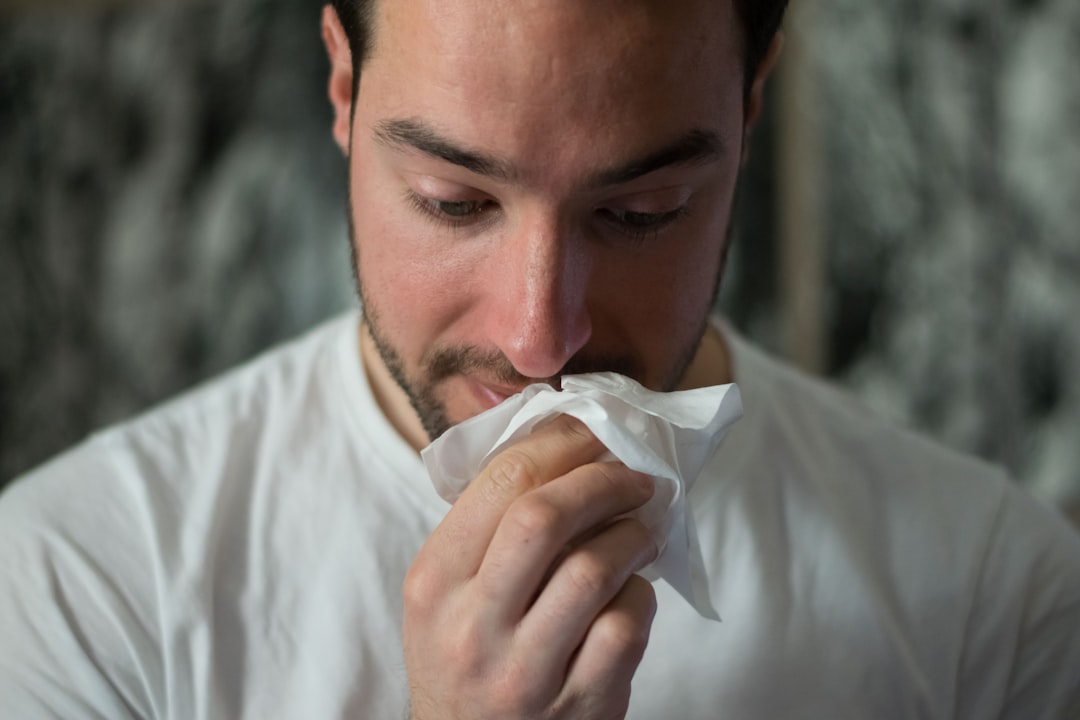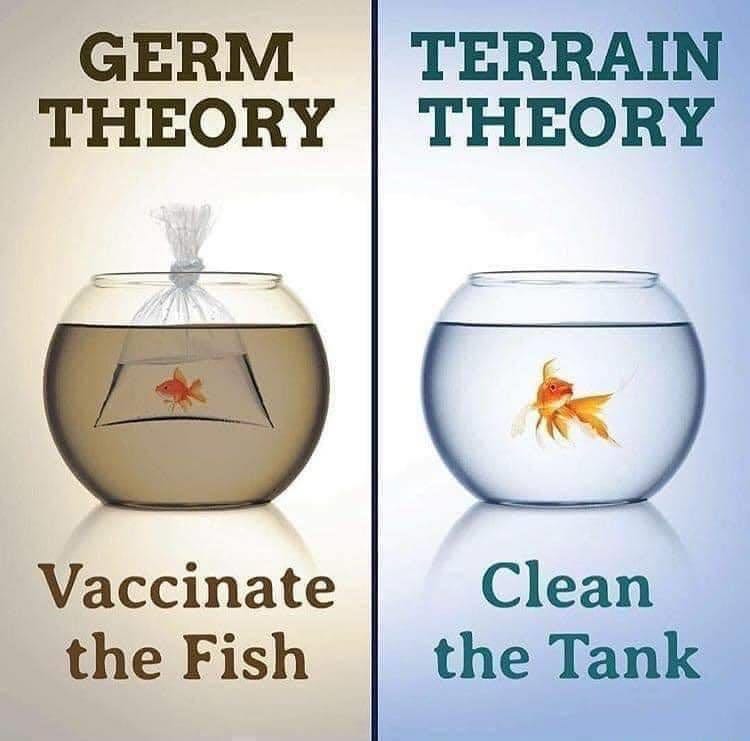We do NOT catch the flu.
Yet, you can catch a cold. But, how?!

For the last several weeks I have been taking a deep and prolonged look at the foundations of Unani Medicine.
For the uninitiated, Unani refers to the school of medicine that originated from ancient Greece and is commonly attributed to Hippocrates and his fellow physicians. Since then, it has evolved through centuries by the various cultures that have come in contact with, adapted, and built upon this medical art.
Today, when we talk about Unani medicine, it is difficult to tease apart the ancient Greek work and subsequent contributors to the art, like Avicenna in his compendium called The Canon.
Whenever I learn something new, I try to think my way through questions of health and disease which I had taken for granted in the past. Question my assumptions.
How do these ideas inform my understanding?
How can I make sense of the world with this framework?
How to best apply these ideas to improve my health and minimize disease?
That’s what my work is all about.
On Family Vacation
Recently, I took my family (wife, kids, brother, and parents) on a short trip to the Gulf coast. This was our first time there, and it was marvelous. The weather, sand, and water refueled us in ways we had forgotten.
On our way back home, a couple of us noticed that ominous tickle in the back our throats.
The next day, for some of us this manifested in a full-blown ‘cold.’
Sinus congestion, headache, runny nose, fever…the works.
Strangely, others in the house either had no symptoms, or very mild symptoms that resolved fairly quickly.
This brought about one of many health-related conversations we tend to have in our house. My father pondered on the nature of colds and how they get transmitted. My mother provided an explanation with utmost certainty. You know how it goes.
I shared with him the famous New England island experiment in which researchers went to extreme measures to try and transmit influenza from the sick to the healthy. Failing with every attempt.
If you ask those who have studied the research on transmission of "colds,” they can tell you one thing with certainty: every attempt to experimentally replicate transmission has failed. They would say that the overwhelming body of evidence suggests that “colds” are not transmissible by bodily secretions.
But, that doesn’t mean they cannot be caught or transmitted, in the strictest sense of these words.
A bit confusing, I know.
This is the point we need to reconsider. The germ theorists have pulled a sleight of hand on the population.
We went from thinking that a cold is transmissible, to assuming that it is transmitted by the secretions of the symptomatic organs.
Do you see the leap?
Public Health & Epidemiology
John Snow was a 19th century physician who was honored with the moniker “father of epidemiology.” The classic telling of his contribution is that he identified a problem with well-water in London, which believed was leading to a cholera outbreak.
Snow wasn’t a fan of the miasma theory of disease, which postulates that it is contamination of air that is a contributor to communicable disease. Now, if you are a sane person, you would realize that this account of disease is not strictly concerned with air. Air doesn’t exist in isolation. Water and earth are often nearby, if not constantly exchanging with one another.
In any case, Snow wasn’t buying it. So, he set out to prove that some other vehicle for disease was responsible for the cholera cases he observed in London.
By talking to local residents (with the help of Henry Whitehead), he identified the source of the outbreak as the public water pump on Broad Street (now Broadwick Street). Although Snow's chemical and microscope examination of a water sample from the Broad Street pump did not conclusively prove its danger, his studies of the pattern of the disease were convincing enough to persuade the local council to disable the well pump by removing its handle (force rod). This action has been commonly credited as ending the outbreak, but Snow observed that the epidemic may have already been in rapid decline…
As you can see, his endeavor in disproving a toxic environment proved fruitless. Yet, he is often remembered for his “contribution” to germ theory.
People will often ignore that this story supports the idea that a contaminated environment leads to illness.
More importantly, a contaminated environment can give the illusion that disease is communicable.
If you clean up the water supply and the rate of observed disease goes down… then, you can pretty confidently conclude that it is a tainted environment which is making us sick. But, we don’t often consider the story of John Snow from this perspective.
Ironically, his efforts to disprove miasma theory (or terrain theory)…ended up bolstering it. Not satisfied with this obvious relationship, Snow and those of his ilk insist on finding microorganisms which they believe must take the blame.
This approach has also proven fruitless.
Giving healthy people secretions of the sick, more often than not, fails to make them sick.
Virtually every micro-organism that is blamed for a given illness, does not satisfy Koch’s postulates of infectious disease transmission.
If it is not the secretions or the bugs…then, what are we “catching”?
The Unani Perspective
Before we get into the details of what happened on our vacation, and how I believe this led to a cold in a select few of us, we need to review some concepts.
First, one of the principle accounts for both health and disease from the Unani perspective is that of digestion.
When you accept the notion that it is from the digestion of nourishing materials that our bodies are literally formed, this first principle becomes self-evident.
If our organs and tissues are sustained by the extracts of our food, then it follows that a core contributor to disease is some combination of the food we consume and the process by which we break-down, absorb and assimilate this nourishment into our bodies.
The second concept we need to review is that of temperament.
Organic matter demonstrates 4 simple qualities on 2 dimensions. The dimensions are of heat (hot or cold) and of moisture (wet or dry). These are the simple temperaments. However, few things have simple temperaments.
Even the primary elements of nature (earth, water, air, and fire) all have compound temperaments. Similarly, all aspects of our being have a temperament. We have dominant temperaments, and sub-dominant temperaments.
Our temperament transforms with age, location, climate, and diet.
When our temperamental balance encounters something inappropriate in kind or quantity, we develop a dystemperament.




